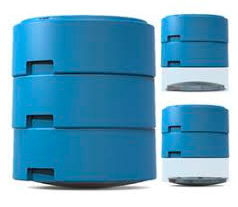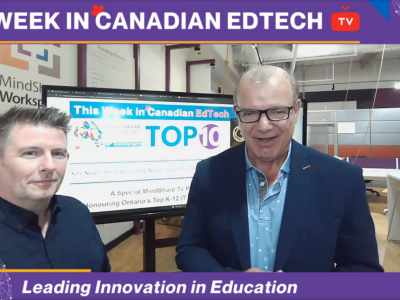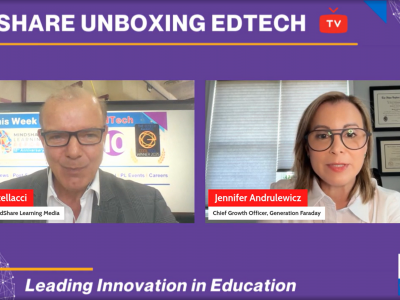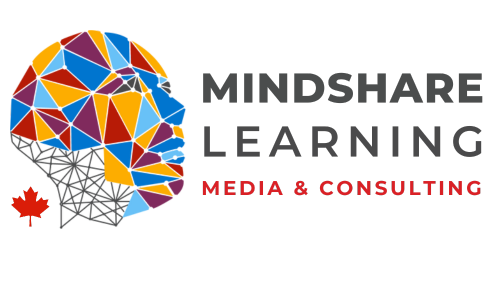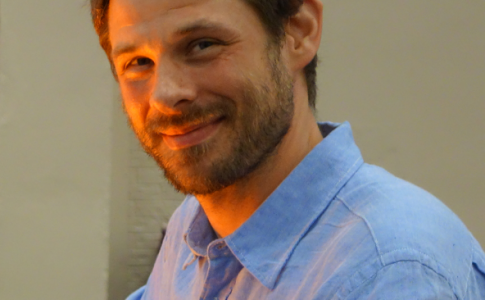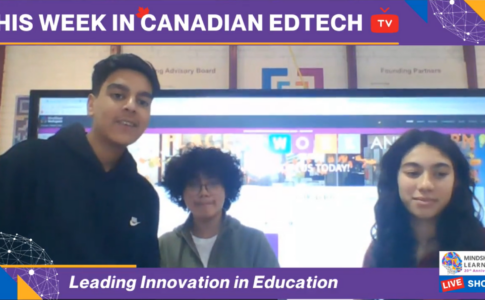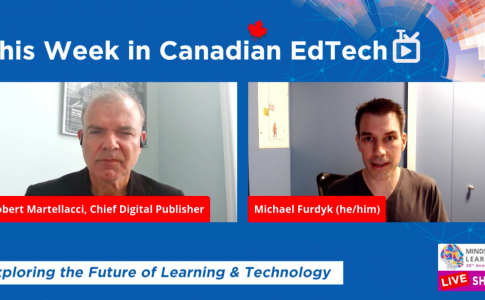As the beginning of the school year edges closer, so does the impetus for teachers and administrators to begin the journey of planning. Planning for a successful school year at any level for any context can be a challenging process, especially when there are multiple finitudes that you must consider. When you are planning to implement or further enhance a makerspace in your school, then these limitations can be overwhelming. In this article, I hope to provide some guidance in the process of planning for your new makerspace or enhancing the space that you have already. I’m going to assume that you have a working knowledge of makerspaces and the philosophy that drives them in today’s learning environments. I’m also going to avoid determining what a ‘typical’ makerspace looks like since your concept of a makerspace may look different than someone else’s idea. In the end, we can assume that makerspaces are innovative, creative, and engaging learning synergies that beget transferred learning. Let me delineate some big ideas that you should ponder as you begin this process.
Build A Team
Any journey that includes beginning or changing a key component of your learning philosophy must consist of the administrator(s) and teachers who can collaborate with you on the journey. This process of team building is often the most challenging part of the process. Finding and developing the right dynamic so that your team embraces the task at hand through the filters of critical thinking, problem-solving while working collaboratively and creatively will stretch your leadership skills. And if you add to your team, members from your school community then the process can get even more complicated. Ensure that each member embraces the overall vision of the project while remaining faithful to the process by ensuring that everyone embraces the vision and plan. This process can take time. Obviously, the larger the plan, the more time it will take to create a team that can carry out the operation.
In my experience, providing prospective team members with good literature that supports your makerspace philosophy helps to build the kind of team that will enhance the process. Thinking through the variables and challenges that you will confront gives your team the tools they’ll need to make sure your vision and plan come to fruition. Reading literature that helps the team build this vision and plan for your context and space ensures that the end product meets the needs of your community. This literature should help you to develop the right questions about your working area, and help you determine the right course of action. There is a great deal of literature about makerspace philosophy and practice. Make sure that your team has access to the pertinent literature. This action will help ensure that your team is heading in the right direction with the right questions with a critical framework that is coherent and compelling.
Build a Vision and a Coherent Plan
Once you’ve determined who will join you on this adventure, you will need to develop a clear vision and coherent plan. What is it that you are hoping to accomplish with your makerspace? Does this makerspace enhance teaching and learning across the whole curriculum involving all key stakeholders? These questions and many more need to be addressed to work through your vision. How do you best put your vision into practice with your team? There are several approaches you can use to ensure that you build a solid idea and plan. The Universal Design Thinking approach, for example, is an excellent way to begin the process of implementing a coherent and workable vision resulting in a viable strategy. This process may involve a whole new direction and require more time in the process, but in the end, anything worth pursuing for the good of your students and school is worth the investment of time.
One of the underlying assumptions of this whole process is that the key stakeholders – and that can be anyone in your learning community with a passion for this philosophy – is an integral part of the process. All voices are recognized and heard, and cognitive dissonance is encouraged – real thinking involves owning presuppositions and biases to determine the right outcome. Therefore, using the Universal Design Thinking approach will help you focus on all aspects of your proposal and plan with a critical mindset. Nothing is taken for granted; thinking about the design of the design process is as important as the concrete variables that lead to a definite way forward.
Funding
I have heard some say that if they had unlimited funding, they would have little difficulty developing the quintessential makerspace. Funding, though, does not drive philosophy. And every context, as I’ve noted above, is different, which means that every approach must be unique. Indeed, funding is always a barrier when you are looking to mature your learning spaces and in public institutions it can be a considerable challenge. How do you then secure funding for a new makerspace, or to enhance your current space?
Firstly, the development of makerspaces in public contexts should be considered as a multi-step and multi-year process. In your design outline and plan from above make every effort to factor this idea into the bigger vision. If you can break down the process to a 3-5-year process, then the funding required for each phase is manageable. Moreover, ensure that during each year of the process, you have a clear understanding of the funds necessary to complete that phase. Begin with the ‘pieces’ of your design that can be adopted right away, and that can be updated easily over the process of transformation.
Secondly, consider all sources of funding. This idea may seem like a simplistic idea; however, one should be creative enough to come up with innovative ways to fund your new makerspace. Securing funding includes but is not limited to school council-funded expansions through focused fund-raising and partnerships with new and innovative companies who are looking to showcase their products in a real-world environment. This approach could lead to lower prices or even free materials. Be sure to define what ‘free’ is in this case. It may mean that the partner may wish to bring prospective buyers into your space to showcase their product and speak with you about the benefits of said product. Be prepared! In specific contexts, you may also be eligible for grants from either your district or education authority. You can even approach providers of materials that you are interested in integrating into your space. Be sure to ask lots of questions – assume nothing!
Future Development and Maintenance
Building a makerspace or STEAM space is an ongoing process. It’s ongoing because new tools become available, new ideas create a new way of looking at the way you engage students in these spaces, and your teaching and learning will mature and evolve. Always engage other ‘thinkers and tinkers’ in your space and be open to new ideas and approaches. These ideas and methods may come from teachers in your school, or from outside your school, but regardless if they ‘stretch’ your way of thinking then you gained worthwhile guidance.
In conclusion, building a makerspace is a worthwhile adventure that will reap a great deal of excitement in your school. It’s an investment in dynamic learning in an engaging space. This adventure, however, requires a clear vision and plan led by a competent and informed team. This journey will necessitate the need to investigate every avenue of funding available to you from public to private entities to a combination of the two. You must champion this initiative! If you’re not excited about what you can accomplish with this space, then very few people will follow your lead. Also, be sure to engage your stakeholders early with an idea that can be expressed quickly and clearly with passion. Be informed by reading as much as you can on developing makerspaces and the makerspace learning philosophy, and become a student of the Universal Design . Working through all of these ideas will help you to be the leader and innovator that you need to be when changing your school space into a makerspace.
PS. Some excellent examples of cost-effective furniture that you might consider for your makerspace, including the Oodle, which can be adjusted for any school level. Or how about their line of cabinets that make managing makerspace materials a breeze! Look forward to our review of these products in the future!
